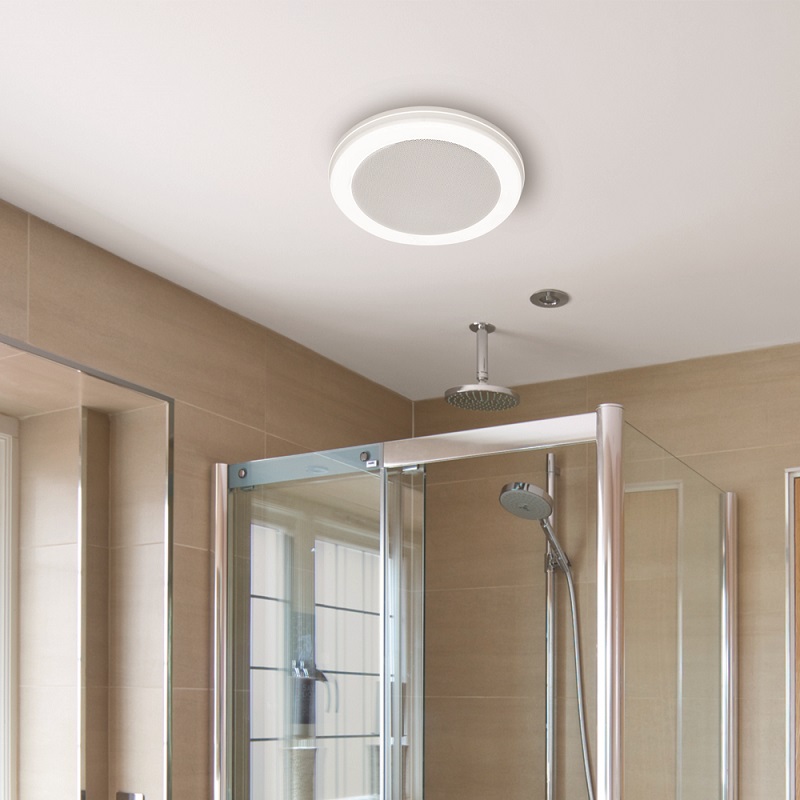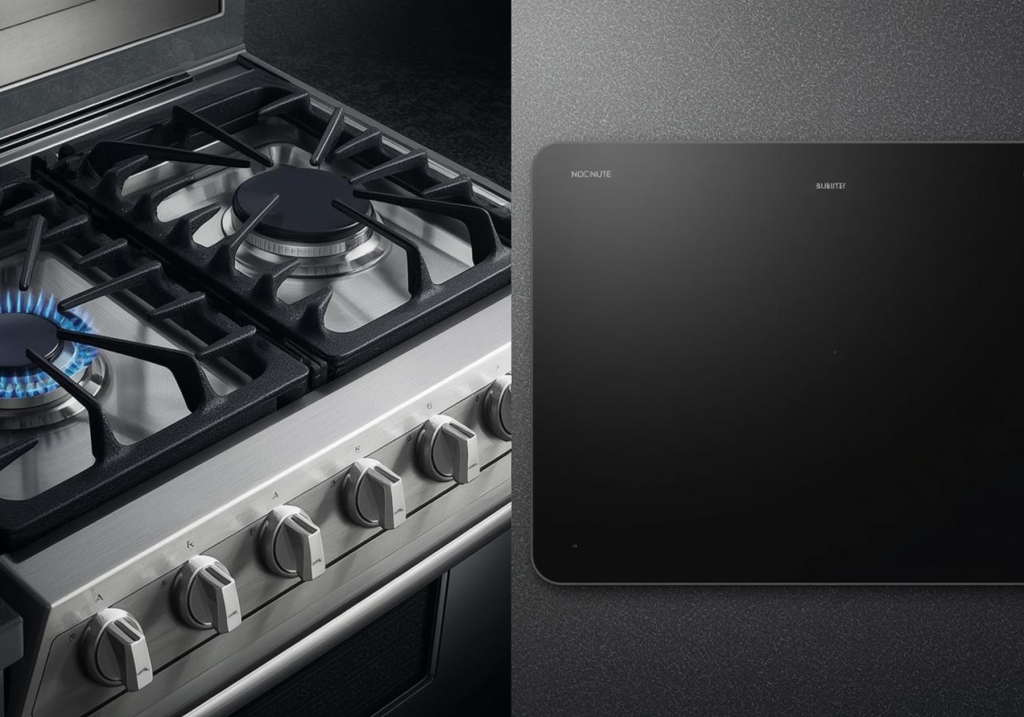Your bathroom is the wettest room in your home. Steamy showers, flushing toilets, running sinks, and occasional drips all add up to high humidity. And with major moisture comes potential problems: mould and mildew, a funky smell, peeling wallpaper, paint that chips and scratches easily, and even lifting or splitting of laminated plywood vanities. Luckily, proper bathroom ventilation can help keep these issues in check.
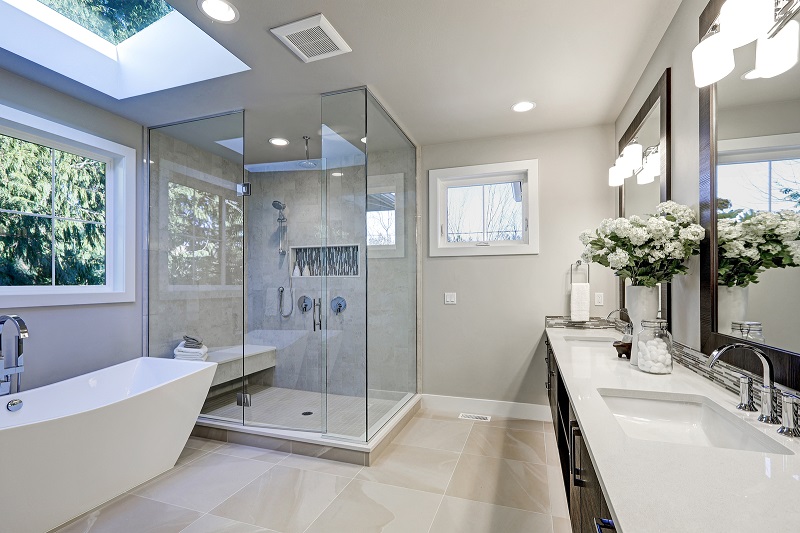
1. Choose the right bathroom fan.
If you don’t have a window in your bathroom, a bathroom fan is a must – and even of you do have a window it’s not always practical to have this open sometime. These fans pull moisture-laden air out of the room—as well as bathroom odours—and vent them outside.
2. Make the right fan installation decision.
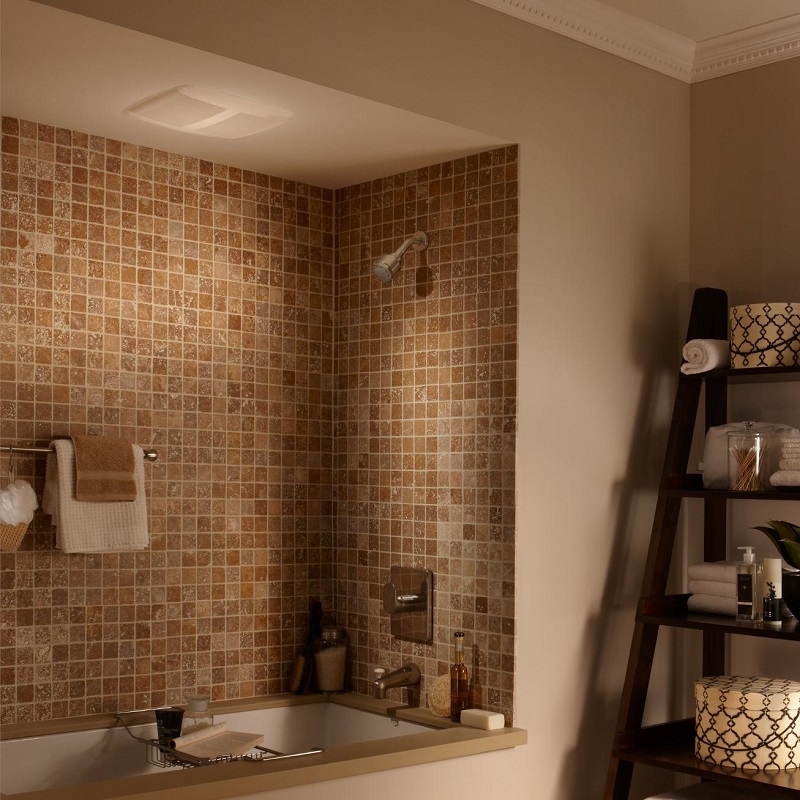
If you’re simply replacing an old bathroom fan with a newer unit, the project is within the realm of most handy DIYers, as you’ll be able to use the existing vents and electrical connections. If working with electricity is not within your comfort range, however, leave the job to a professional. You’ll need a pro to install a fan in a bathroom that currently lacks one, as this project will require extensive electrical wiring and the installation of vents running to the roof.
3. Don’t install your fan in the wrong spot.
Once you’ve chosen the right capacity bathroom vent fan, make sure to install it in the right place. Ideally, your fan should be near the tub or shower, but not right next to an air conditioning/heating vent, as the forced air can create currents that disrupt the bathroom fan’s steady intake of humid air. And for proper bathroom ventilation, your exhaust fan needs to vent outside, not into the attic or another area of the house.
4. Let your fan run long enough.
Let the bathroom vent fan run throughout your bath or shower and, just as importantly, leave it on for at least 15 minutes after you’re finished to fully air out the space. Turning the fan off right after your shower or bath doesn’t give the device enough time to vent all the shower steam. If your mornings are very hectic, consider installing a bathroom vent fan with an automatic humidity sensor; these units detect when humidity levels are too high in and switch the fan on and off as needed.
5. Don’t forget to clean the fan.
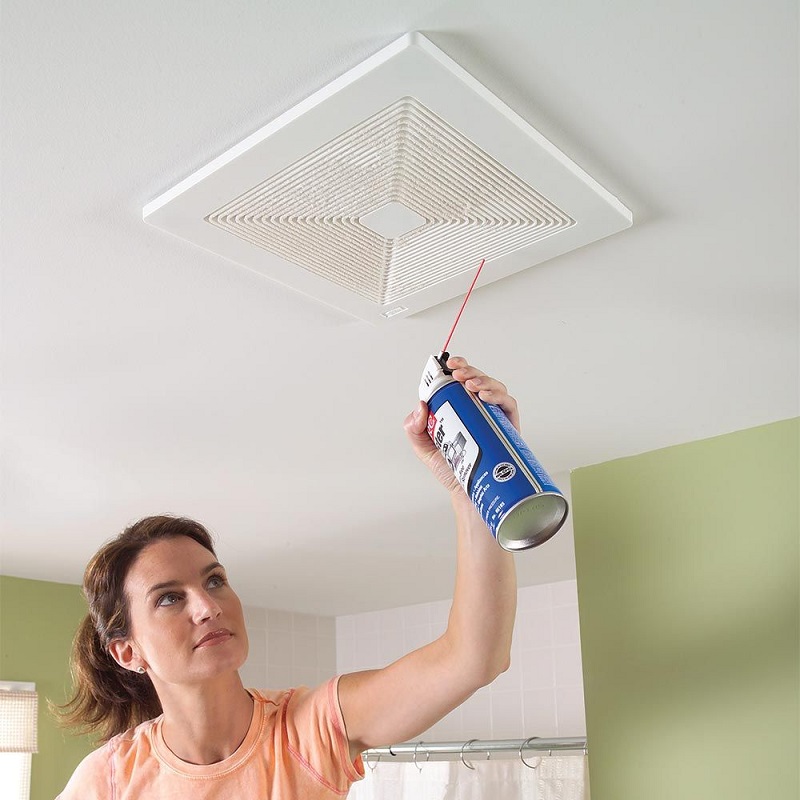
Even the best bathroom fan can’t improve ventilation if it’s thick with dust and grime. At least twice per year, give the fan a thorough cleaning.
6. Wipe up puddles.
Not only is a wet bathroom floor hazardous, but a puddle-free surface also ensures that the full bath dries out as quickly as possible during the 15+ minutes of fan run time, discouraging the growth of mould and mildew spores.
7. Don’t leave your shower door closed.
Leave the shower door open after you step out to let the running fan circulate air throughout the entire space to dry more quickly.
8. Open the window.
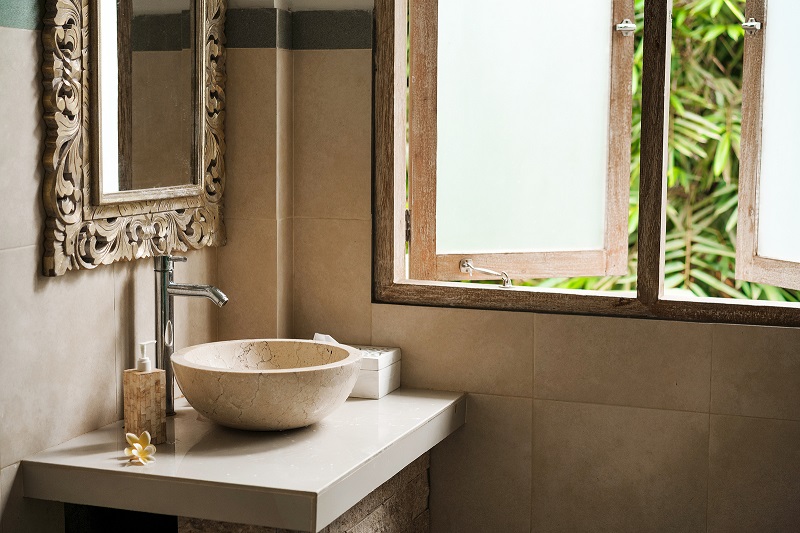
If your bathroom doesn’t have a fan, take advantage of the door and window(s) to let out steam. Whenever weather permits, open the window during your shower or bath and leave the window open for at least 15 minutes after you exit. If the window isn’t an option, keep the bathroom door open—just a crack, if privacy is an issue—during your shower, and then open the door all the way once you’re finished in the bathroom.
More Handy Tips:
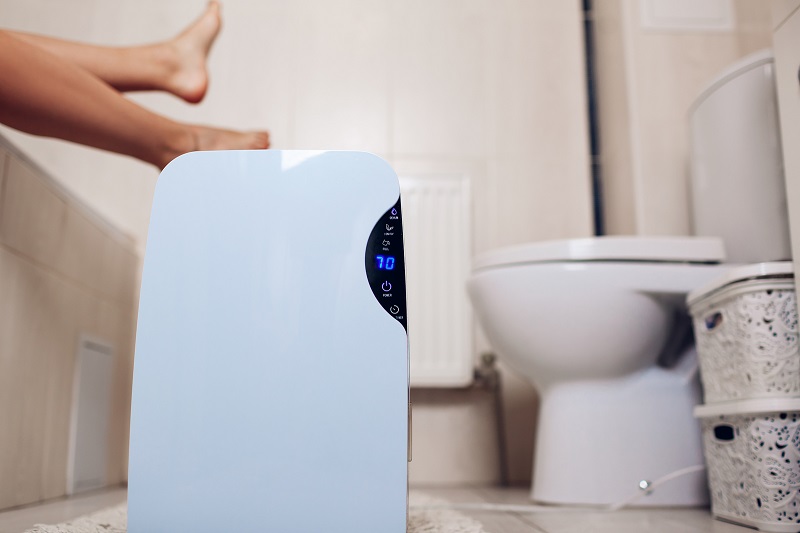
- Use a dehumidifier in the bathroom. Dehumidifiers draw moisture from the air.
- The daylight allowed in through a window’s open blinds or curtains helps to restrict mould growth — mould spores thrive in dark spaces but deteriorate with light
For more interesting articles, industry tips and expert know-how from the Auckland Home Show subscribe here!

